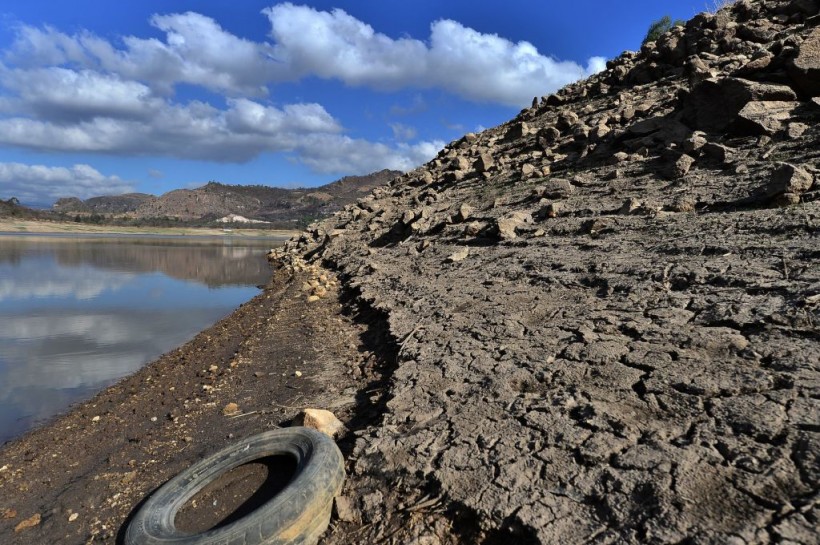
El Niño causes intense rains in the Pacific, 1.5℃ global warming, and warmer summers in Europe.
El Niño has different impacts based on the affected area's location on Earth. For instance, it causes 1.5°C of global warming, intense rains in the Pacific, and warmer summers in some regions, like Europe.
Getting to Know El Niño
When extensive areas of the central or eastern equatorial Pacific Ocean see significant sea surface temperature warming, sometimes by as much as 2°C, an El Niño event is declared. The atmosphere is warmed by this extra heat. This warming causes a transient increase in the world temperature of a few degrees during El Niño years.
The weather in the tropics is mostly affected by El Niño. Intense downpours that typically hit portions of southeast Asia or eastern Australia would end up on South America's west coast. On some continents, this change may result in severe drought and flooding, which may have an impact on food production, among other essential items.
But weather deviations in these areas can have an impact on the entire world. El Niño typically results in colder and drier winter weather, even hundreds of kilometers away in northern Europe.
However, a variety of elements, particularly in the winter, alter European weather. Therefore, caution should be used when attributing unexpected weather in Europe to El Niño.
1.5℃ Global Warming
The sea surface temperature of the Pacific Ocean fluctuates across its 13,000 km span, from South America to Indonesia. Due to the upwelling of cold water near South America, the eastern Pacific typically has a temperature difference of over 5°C from the western part. However, an organic cycle known as the El Niño southern oscillation (Enso) causes this temperature difference to fluctuate regularly.
The upwelling and movement of cold water are influenced by trade winds sweeping across the Pacific, changing the temperature differential. The eastern Pacific areas will be warmer than typical as the El Niño event moves along. According to projections, a crucial region of the equatorial Pacific would likely warm by more than 1.5°C by early 2024, according to BBC News.
The opposing phase, known as La Niña, is marked by lower sea surface temperatures. Three years in a row of La Niña have come to an end this year. Due to converging humid air and convection, the warm temperatures of the western tropical Pacific cause heavy rainfall. El Niño occurrences vary; some primarily warm the eastern Pacific as in 1997-1998, while others warm the central Pacific more as in 2009-2010.
Intense Pacific Rains, Warmer Summers in Europe
Rossby waves are atmospheric waves produced in the western Pacific by towering clouds and heavy rains. These waves migrate into and along the eastward-moving jet streams that ring the planet's mid-latitude regions across distances of thousands of kilometers. The Rossby waves cause the jet streams to undulate when they come into contact with them.
During an El Niño event, erratic weather in the Pacific travels eastward, which affects where the highest and lowest points of these Rossby waves are located. As a result, the jet streams' positions gradually change. These changes in the jet streams, which are important in determining weather patterns, may exert a huge impact on weather patterns all around the world.
Despite El Niño increasing the overall global climate, the influence can either result in warmer or cooler weather depending on the precise position of the jet stream in a given place. El Niño has a tendency to gently warm northern Europe in the summer and somewhat cool it in the winter.
Also Read: El Niño Causes Mass Die-Off of Birds on Shores of Mexico, Bird Flu Ruled Out in Autopsy
Other Players
However, even during an El Niño event, a colder-than-average winter is not inevitable in Europe. The winter climate in Europe is influenced by several variables in addition to El Niño, such as the status of the stratosphere 15-40 km above ground level, which is also influenced by El Niño.
One mechanism that might change wind patterns in the stratosphere is the quasi-biennial oscillation, which is a regular reversal of winds gusting high above the equator. This may then have an impact on the location of the North Atlantic storm track, which affects the winter weather in Europe, The Conversation via Phys Org reports.
However, even in that case, the underlying warming trend brought on by climate change makes higher temperatures more likely throughout the year. These additional factors work together to make any meteorological indications from El Niño more difficult to identify and predict. Therefore, it is important to use caution when attributing winter weather anomalies in Europe to El Niño alone, according to the Met Office.
Related Article: Kelvin Waves Roll Along Equator Ushering El Niño to South America
© 2024 NatureWorldNews.com All rights reserved. Do not reproduce without permission.

![Tsunami Hazard Zones: New US Map Shows Places at Risk of Flooding and Tsunamis Amid Rising Sea Levels [NOAA]](https://1471793142.rsc.cdn77.org/data/thumbs/full/70325/280/157/50/40/tsunami-hazard-zones-new-us-map-shows-places-at-risk-of-flooding-and-tsunamis-amid-rising-sea-levels-noaa.jpg)



